You might think your kitchen is a place of comfort—a sanctuary filled with delicious aromas, sizzling pans, and the promise of a satisfying meal. But beneath the surface of many popular ingredients lurk hidden dangers that can quickly turn a simple dinner into a health emergency. The truth is, some of the most common foods we eat every day come with a dark side when they’re not handled or cooked correctly.
From seemingly innocent beans to exotic delicacies like fugu, certain ingredients contain natural toxins, bacteria, or compounds that can cause serious illness—or worse—if prepared improperly. While most home cooks know to avoid undercooked chicken or expired shellfish, far fewer are aware that something as basic as kidney beans or unripe fruit can also pose serious risks. The good news? With a little knowledge and the right techniques, these foods can be enjoyed safely and deliciously.
This list isn’t about scare tactics—it’s about smart cooking. Understanding what makes these 15 popular foods risky, and knowing how to neutralize those risks, empowers you to cook with confidence. Some just need a longer boil. Others require precise trimming or a trusted source. But they all demand respect.
So before you slice into that green potato or toss those soaked beans into the slow cooker, take a few minutes to get informed. Your favorite ingredients might be more complicated than they seem—but that doesn’t mean they’re off the menu. In fact, once you learn how to handle them the right way, you’ll probably appreciate their complexity even more.
Let’s pull back the curtain on the everyday foods that carry hidden hazards—and show you exactly how to keep them safe, flavorful, and totally meal-worthy. You’ll never look at your pantry the same way again.
1. Elderberries: Beautiful But Potentially Deadly
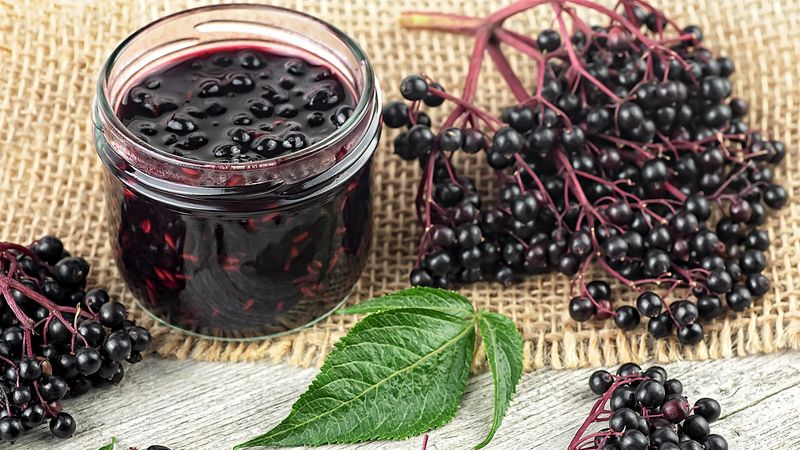
The deep purple berries make delicious jams and syrups, but the plant hides a dangerous secret. Stems, leaves, seeds, and unripe berries contain cyanogenic glycosides that convert to hydrogen cyanide in your body – the same compound used in chemical warfare.
Foragers beware! Only the fully ripened berries are safe for consumption, and even those must be thoroughly cooked. The cooking process breaks down the toxic compounds, making them safe to eat.
Commercially prepared elderberry products undergo proper processing and are generally safe, but homemade preparations require careful selection and cooking of only the ripe berries.
2. Raw Chicken: Bacteria Playground

A kitchen favorite worldwide, chicken harbors dangerous bacteria that cause thousands of hospitalizations yearly. Raw chicken frequently carries Salmonella and Campylobacter, pathogens that trigger severe food poisoning symptoms ranging from fever to bloody diarrhea.
Cooking chicken to the proper internal temperature destroys these harmful bacteria. Always use a food thermometer to ensure chicken reaches 165°F (74°C) at its thickest point before serving.
Cross-contamination poses another risk – use separate cutting boards for raw chicken and never wash raw chicken in your sink as this spreads bacteria through water splashes.
3. Pufferfish: The Infamous Delicacy

Known as fugu in Japan, this fish contains enough tetrodotoxin to kill 30 adults. This potent neurotoxin blocks nerve signals and can cause paralysis, respiratory failure, and death within hours – with no known antidote.
The deadly parts include the liver, ovaries, eyes, and skin. Only specially licensed chefs with years of training can legally prepare pufferfish in Japan, where they carefully remove the toxic organs.
Brave enough to try it? Only eat pufferfish at reputable restaurants with certified chefs. In the U.S., pufferfish must be imported from specially licensed Japanese facilities or from the limited non-toxic farmed varieties.
4. Ackee Fruit: Jamaica’s Dangerous Delicacy
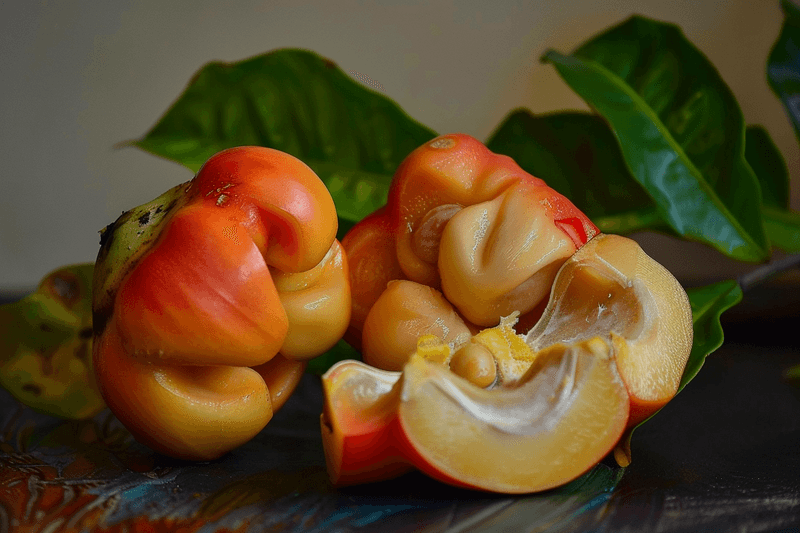
Jamaica’s national fruit looks innocent but packs a potentially fatal punch. Unripe ackee contains hypoglycin A, which causes Jamaican vomiting sickness – a condition that can lead to severe hypoglycemia, seizures, coma, and death.
Nature provides a clear signal when ackee is safe to eat. The fruit naturally splits open when ripe, revealing yellow arils (the edible portion) inside the red pod. Only these naturally opened fruits should be harvested.
Even when ripe, only the yellow arils are edible after proper cooking. The seeds and red pod membrane must always be discarded, as they remain toxic regardless of ripeness.
5. Cassava: The Hidden Cyanide Root
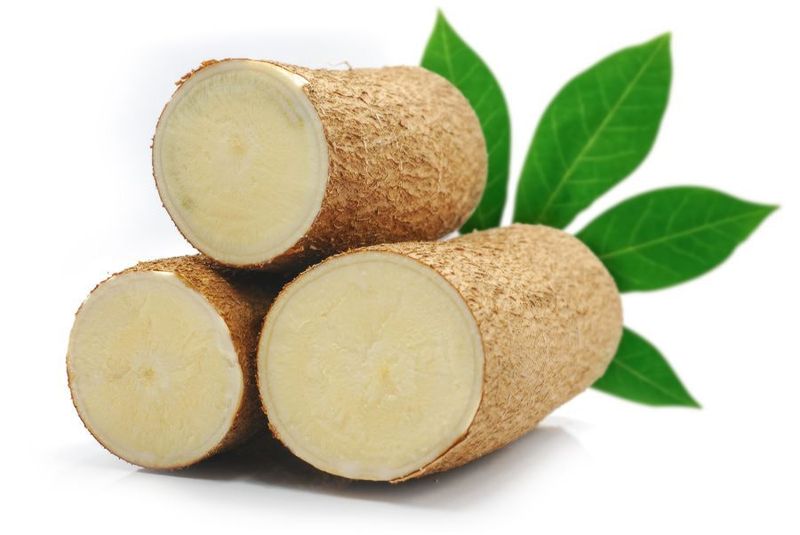
This starchy tropical root feeds millions worldwide but contains compounds that release hydrogen cyanide when eaten raw. Improper preparation has caused paralysis, neurological damage, and even death in areas where cassava is a dietary staple.
Sweet cassava varieties contain lower toxin levels than bitter varieties, but all require proper processing. Traditional preparation methods include peeling, grating, soaking in water, and thorough cooking to remove the dangerous compounds.
Commercial cassava products like tapioca undergo industrial processing to remove toxins. When preparing cassava at home, never skip the soaking and cooking steps – no shortcuts allowed with this root!
6. Red Kidney Beans: The Toxic Legume
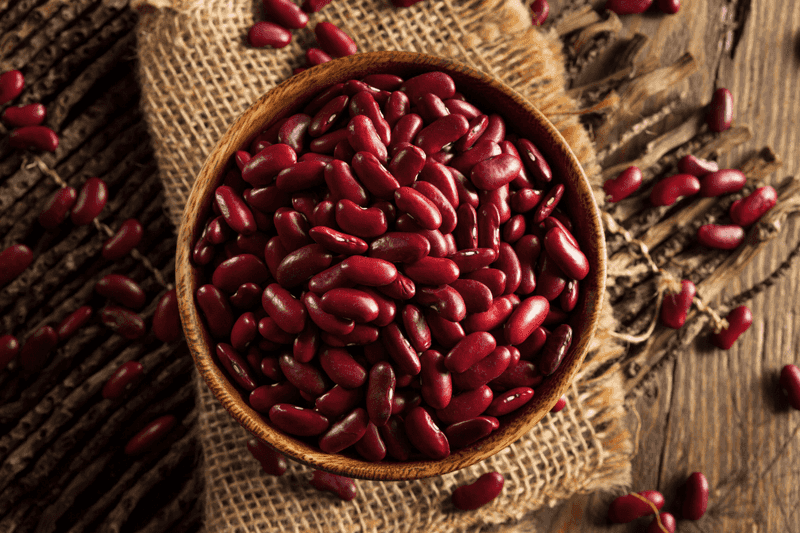
These protein-packed staples harbor a nasty secret when undercooked. Raw kidney beans contain phytohaemagglutinin, a compound that can cause severe vomiting, diarrhea, and abdominal pain within hours of consumption.
Never use raw kidney beans in slow cookers without pre-boiling! The gentle heat actually concentrates the toxin rather than destroying it. Always soak dried kidney beans overnight, then boil vigorously for at least 10 minutes before adding to any recipe.
Canned kidney beans are pre-cooked and safe to use directly in recipes, making them a convenient alternative if you’re short on time.
7. Raw Oysters: Delicacy with a Deadly Risk
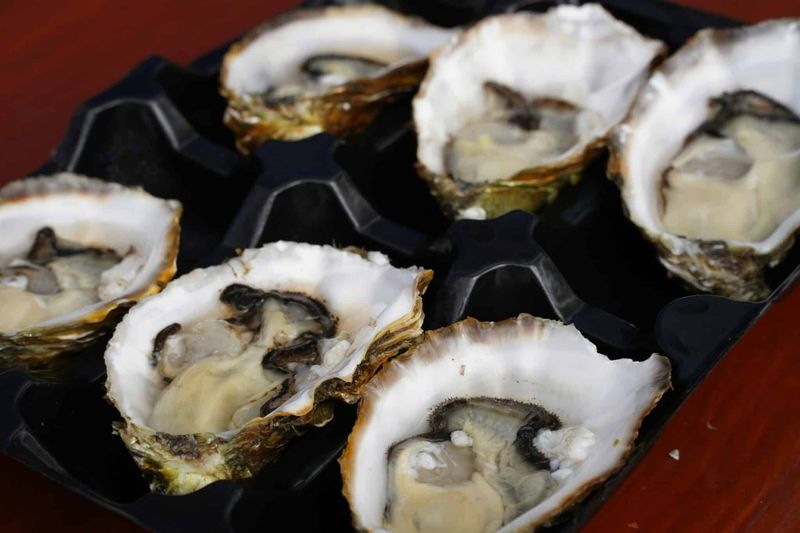
The briny delicacy beloved by seafood enthusiasts carries a hidden danger, especially during warmer months. Raw oysters can harbor Vibrio vulnificus bacteria, which causes severe illness in people with compromised immune systems or liver disease.
For vulnerable individuals, Vibrio infection can progress to bloodstream infection with a 50% mortality rate. The bacteria thrive in warm coastal waters, making summer oysters particularly risky.
Properly cooking oysters kills Vibrio bacteria completely. Steam, fry, or bake oysters until they reach an internal temperature of 145°F. Lemon juice and hot sauce don’t kill bacteria, despite popular myths!
8. Ground Beef: E. coli’s Favorite Hiding Spot

Unlike steaks where bacteria remain on the surface, ground beef mixes surface bacteria throughout the entire patty. E. coli O157:H7, a particularly dangerous strain, can cause kidney failure and even death, especially in children and the elderly.
The grinding process spreads any bacteria present on the meat’s surface throughout the entire batch. A rare burger isn’t the same as a rare steak – the inside of ground beef must be thoroughly cooked.
Always cook ground beef to 160°F (71°C) and verify with a food thermometer placed in the thickest part. The color test is unreliable, as some ground beef can turn brown before reaching safe temperatures.
9. Wild Mushrooms: Nature’s Russian Roulette
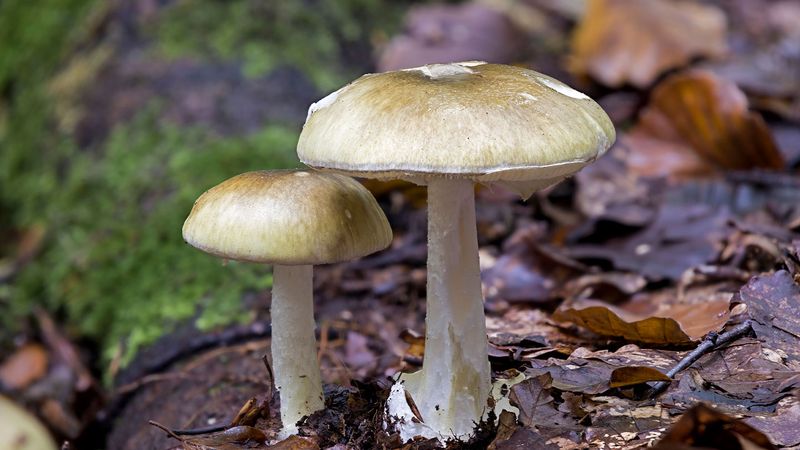
The death cap mushroom resembles several edible varieties but contains amatoxins that destroy your liver. What makes these toxins particularly dangerous is that cooking doesn’t destroy them, and symptoms don’t appear until liver damage has begun.
Even experienced foragers can mistake deadly species for edible ones. The death cap (Amanita phalloides) is responsible for most mushroom poisoning deaths worldwide, with mortality rates exceeding 50% in some cases.
Never eat wild mushrooms without expert identification. A single mushroom cap can contain enough toxin to kill an adult. Stick to commercially grown varieties from reputable sources unless you have extensive mycological training.
10. Rhubarb Leaves: The Toxic Top
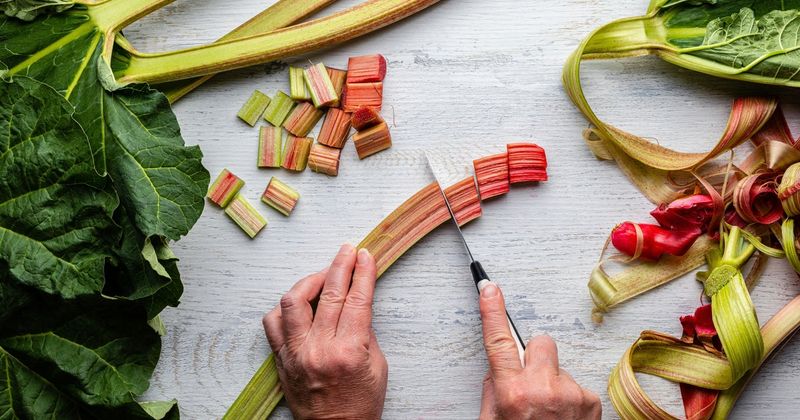
While the ruby-red stalks make delicious pies and jams, rhubarb leaves contain dangerously high levels of oxalic acid. This compound binds with calcium in your body, potentially causing kidney damage, coma, and in extreme cases, death.
The stalks contain minimal oxalic acid and are perfectly safe to eat. Always cut off and discard all leaf material when preparing rhubarb – even small amounts of leaves can cause symptoms like burning in the mouth, difficulty breathing, and digestive distress.
Cooking doesn’t eliminate the toxins in rhubarb leaves. Some gardeners use the leaves as natural pesticides, which speaks to their toxic properties!
11. Green Potatoes: The Nightshade’s Warning

That greenish tint on your forgotten potatoes isn’t just unsightly – it’s a warning sign. When potatoes are exposed to light, they produce chlorophyll (causing the green color) and simultaneously increase production of solanine and chaconine, two glycoalkaloid toxins.
These compounds can cause headaches, nausea, neurological problems, and in severe cases, paralysis or death. The green parts and any sprouts (“eyes”) contain the highest concentration of these toxins.
Proper storage prevents greening – keep potatoes in a cool, dark place. If slight greening occurs, peeling deeply to remove all green areas might make them safe. When in doubt, throw them out!
12. Raw Milk: Bacteria’s Perfect Medium

The farm-to-table movement has revived interest in unpasteurized dairy, but raw milk can harbor dangerous bacteria. Listeria, Salmonella, E. coli, and Campylobacter thrive in this nutrient-rich environment, causing illnesses ranging from mild digestive upset to life-threatening infections.
Pregnant women, children, elderly people, and those with weakened immune systems face the highest risk. Listeria infection during pregnancy can cause miscarriage, stillbirth, or severe illness in newborns.
Pasteurization heats milk just enough to kill harmful bacteria without significantly altering nutritional content. If you must consume raw milk, boiling it yourself can provide similar safety benefits.
13. Lima Beans: The Cyanide Surprise
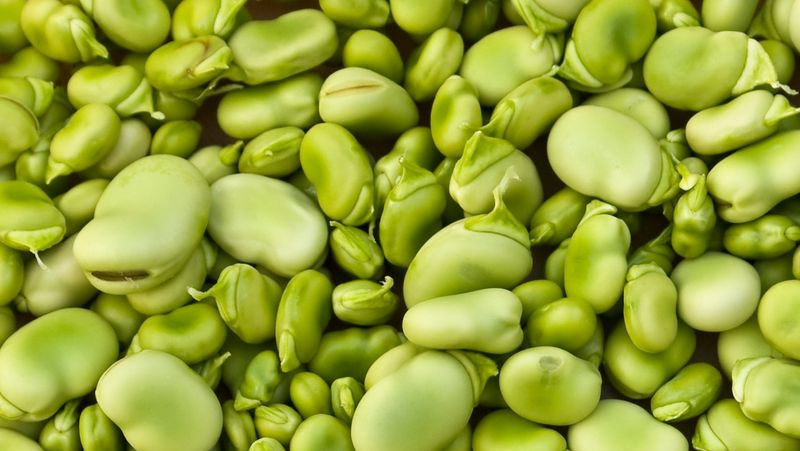
These starchy legumes contain linamarin, a cyanogenic glycoside that converts to hydrogen cyanide when plant cells are damaged. While domestic varieties sold in the U.S. contain relatively low levels, wild lima beans and some international varieties can pack a deadly punch if eaten raw.
Cooking breaks down the linamarin compound, rendering lima beans completely safe to eat. Never add raw lima beans to salads or other uncooked dishes – they must be boiled for at least 10 minutes.
Canned lima beans undergo commercial cooking processes that eliminate the toxic compounds. If using dried beans, don’t attempt to speed up cooking with a slow cooker without pre-boiling first.
14. Fiddlehead Ferns: The Toxic Spiral
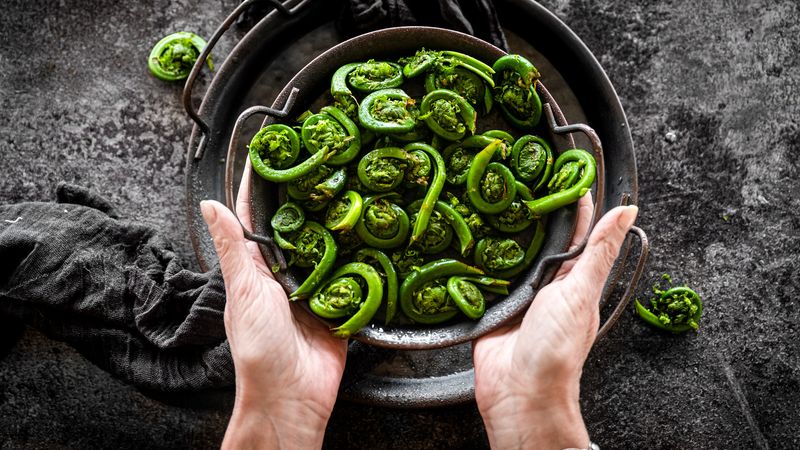
These tightly coiled young ferns are springtime delicacies with a serious catch – eating them raw or undercooked can lead to food poisoning. The exact toxin remains unidentified, but symptoms include nausea, vomiting, diarrhea, and headaches occurring within 12 hours of consumption.
Multiple outbreaks have been linked to undercooked fiddleheads. The CDC recommends boiling fiddleheads for at least 15 minutes or steaming them for 10-12 minutes until tender.
Before cooking, remove all brown papery coverings and wash the ferns thoroughly in several changes of cold water. Despite their exotic appearance, properly cooked fiddleheads are perfectly safe and nutritious.
15. Alfalfa Sprouts: Bacteria Incubator
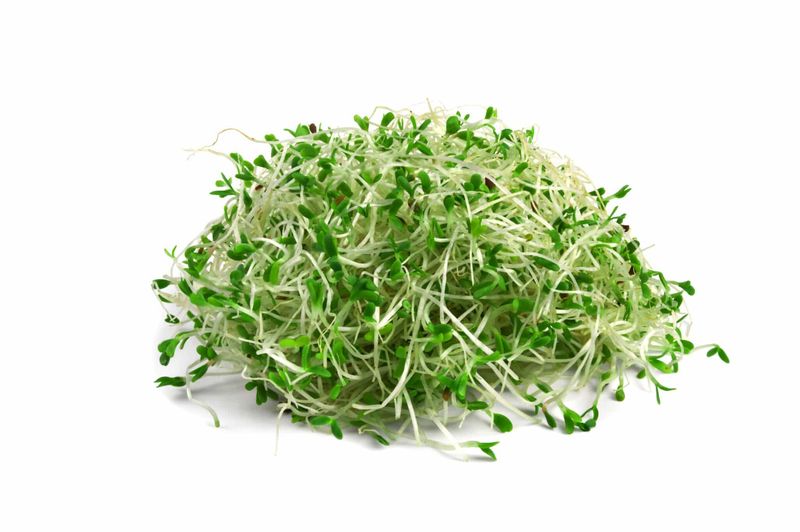
The warm, humid conditions perfect for sprouting seeds also create an ideal environment for dangerous bacteria to multiply. Raw sprouts have been linked to dozens of food poisoning outbreaks involving E. coli and Salmonella, resulting in thousands of illnesses.
The bacteria can come from the seeds themselves or from contaminated water used during sprouting. Once present, bacteria multiply rapidly in the perfect growing conditions.
Children, elderly people, pregnant women, and those with weakened immune systems should avoid raw sprouts entirely. If you enjoy sprouts, cooking them thoroughly kills harmful bacteria – try them blanched, stir-fried, or added to soups.
Leave a comment